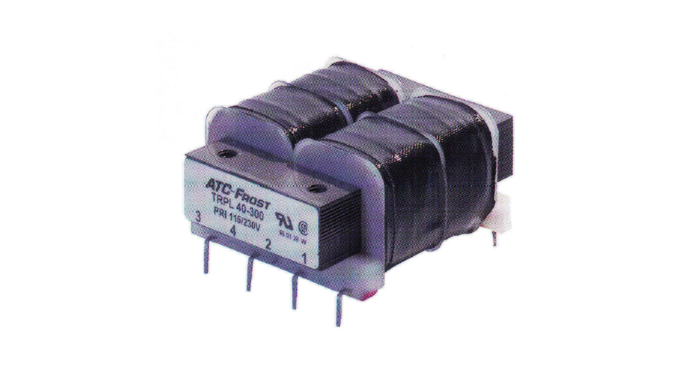Unveiling the Hidden Risks: Exploring Various Types of Losses in Transformers
2 min read
Transformers play a crucial role in the efficient transmission and distribution of electrical energy. However, like any other electrical equipment, transformers are susceptible to various types of losses. Understanding these losses is essential for ensuring the optimal performance and longevity of transformers. In this article, we will delve into the different types of losses that occur in transformers, shedding light on their causes, impacts, and potential mitigation strategies.
- Copper Losses:
Copper losses, also known as I^2R losses, occur due to the resistance of the transformer windings. When current flows through the windings, heat is generated due to the resistance of the copper conductors. These losses can be minimized by using high-quality conductors with low resistance and optimizing the design of the transformer windings. - Iron Losses:
Iron losses, also referred to as core losses, are caused by the magnetization and demagnetization of the transformer's core. These losses consist of two components: hysteresis losses and eddy current losses. Hysteresis losses occur as a result of the energy required to magnetize and demagnetize the core material, while eddy current losses are caused by circulating currents induced in the core. To reduce iron losses, transformer manufacturers employ high-grade core materials with low hysteresis and eddy current losses. - Stray Losses:
Stray losses encompass various losses that occur in transformers but are not directly associated with copper or iron losses. These losses include leakage losses, dielectric losses, and stray magnetic field losses. Leakage losses occur due to the leakage flux that does not link with the windings, resulting in energy dissipation. Dielectric losses, on the other hand, are caused by the insulation materials used in transformers, which exhibit a certain level of electrical conductivity. Stray magnetic field losses occur when the magnetic field generated by the transformer extends beyond the core, leading to energy dissipation. Minimizing stray losses requires careful design considerations, such as optimizing the insulation materials and reducing leakage flux. - Load Losses:
Load losses, also known as load-dependent losses or load losses, occur when transformers operate under load conditions. These losses are primarily caused by the resistance of the windings and the core, as well as the magnetic flux leakage. Load losses can be minimized by selecting appropriate transformer designs, considering factors such as load current, load power factor, and load voltage.
Conclusion:
Transformers are vital components in the electrical power system, and understanding the various types of losses they experience is crucial for their efficient operation. By addressing copper losses, iron losses, stray losses, and load losses, transformer manufacturers and operators can optimize their designs, enhance energy efficiency, and prolong the lifespan of these critical assets. Implementing advanced materials, innovative designs, and efficient cooling techniques can further mitigate losses and improve the overall performance of transformers in the ever-evolving energy landscape.
